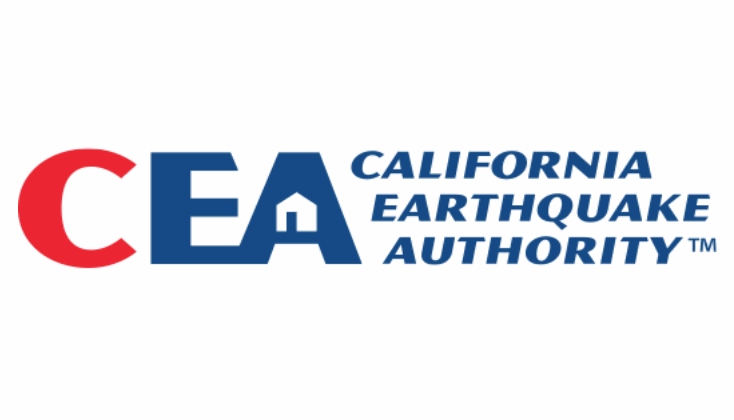Catastrophe bond share of CEA risk transfer arrangements growing

The catastrophe bond market is growing its share of the reinsurance and risk transfer program that protects the California Earthquake Authority (CEA), despite discussions at the Board over how to approach capital provision in future.
The California Earthquake Authority (CEA) has experienced rapidly growing exposure in recent years, which has come at a time when it has also been dealing with stresses related to risk transfer affordability, in the current hard and higher priced reinsurance market environment.
Last year, the CEA was unable to secure all of the traditional reinsurance it wanted at its October 1st renewal, while the reinsurance it did renew at the time was all placed at higher rates-on-line.
Because of that, the CEA’s risk transfer tower had shrunk to just over $9 billion at November 1st 2022, down from just under $9.3 billion of reinsurance and cat bonds at May 31st 2022, and as much as $9.44bn at December 31st 2021.
The January 2023 reinsurance renewal was no easier for the CEA, with the insurer’s reinsurance tower shrinking to around $8.2 billion, of which catastrophe bonds contributed $1.875 billion and traditional reinsurance roughly $6.325 billion.
Then, as we reported in March, the earthquake insurer saw its risk transfer program shrink a little further, to just under $8.1 billion by January 31st of this year. At that time it had the same $1.875 billion of in-force multi-year cat bond coverage, but its traditional reinsurance had shrunk again to just under $6.22 billion.
The CEA renews more reinsurance at April 1st, when it faced almost $1.4 billion of expiring traditional reinsurance.
However, it seems the earthquake insurer fared perhaps a little better, buying more reinsurance than it saw maturing, so getting to April 30th with $6.435 billion of traditional reinsurance in-force.
In addition to that, as of April 30th, the CEA’s catastrophe bond program accounted for another $2.075 billion of risk transfer in-force, thanks to the April issuance of the $200 million Ursa Re Ltd. (Series 2023-1) cat bond.
So, at April 30th, the overall risk transfer and reinsurance tower of the CEA had reached just over $8.51 billion, as it recovered some of the lost ground.
Presumably reinsurance market conditions has improved to a degree by April for the CEA, something that has been reported more widely, with capacity more readily available, although pricing still remaining at or near highs.
The CEA had a further $335 million of catastrophe bonds that matured at May 16th, so right now the cat bond contribution to the CEA’s reinsurance arrangements has slipped to $1.74 billion.
You can see that the quake insurer slipped down to sixth in our catastrophe bond sponsor leaderboard as a result.
However, with the CEA having just priced and secured an additional $425 million of cat bond capacity with its new Sutter Re Ltd. (Series 2023-1) deal that settles next week, the cat bond component of the CEA’s reinsurance tower will rise back to $2.165 billion.
That will lift the CEA back up to fourth in our catastrophe bond sponsor leaderboard.
Looking ahead, the CEA faces more reinsurance maturities, with $27.5 million of reinsurance having expired at May 31st, $150 million at June 21st, $65 million at June 30th, and then $556 million at July 31st this year.
So, for now, catastrophe bonds have increased as a share of the CEA’s reinsurance tower and with no cat bond maturities due for a while this will help the CEA with multi-year reinsurance continuity.
But with risk transfer costs the largest cost component of the CEA’s premium rates and the insurer doing what it can to keep coverage affordable for policyholders, at a time of rising exposure and costs, it remains to be seen how the CEA’s reinsurance tower is shaped going forwards.
There have been discussions at the CEA Board meeting about buying protection up to a lower level, with the CEA having adopted a 1-in-350 year risk transfer strategy.
That’s now being questioned, along with other ideas to reduce the risk transfer expenditure, that range from mitigation efforts to lower policy risk and cost upfront, to the establishment of some kind of state-backed reinsurance entity to support the CEA’s needs.
With costs of reinsurance set to remain high the cat bond market is likely to continue to play a very important role going forwards for the CEA, but overall how much reinsurance it purchases is less certain, as the discussions above play-out.
View the details of more than $6 billion of catastrophe bonds sponsored by the CEA in the Artemis Deal Directory.






